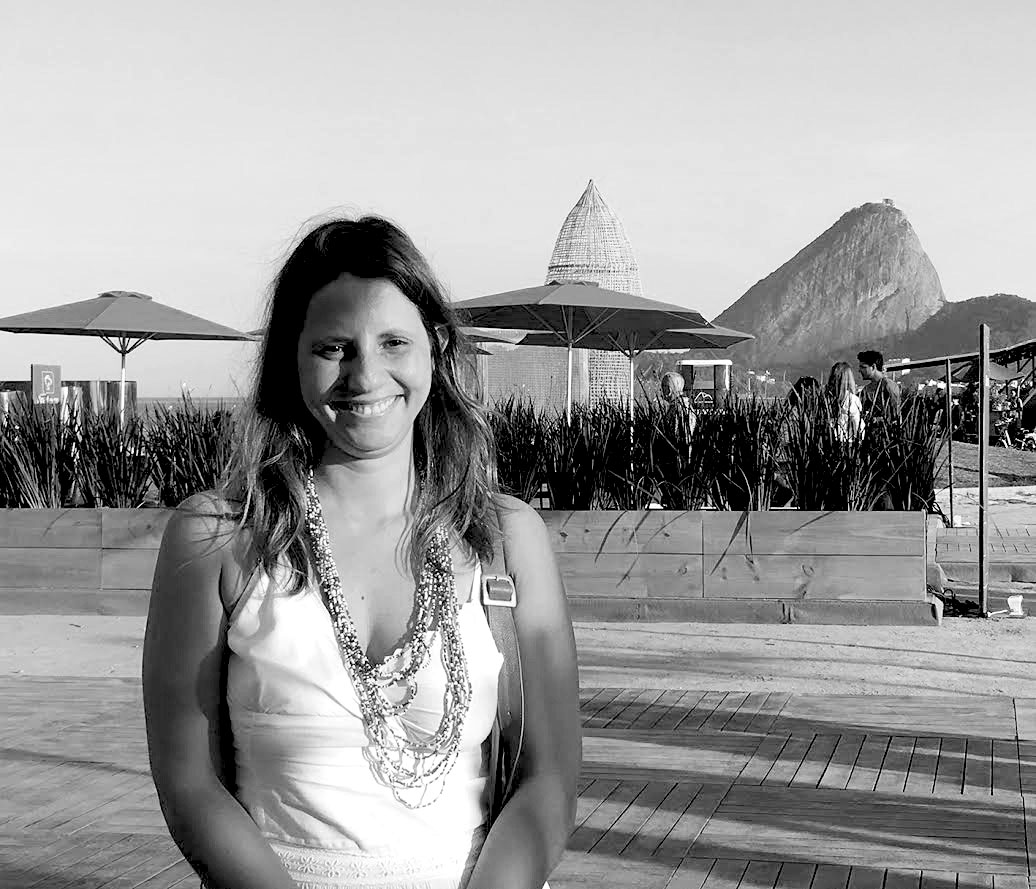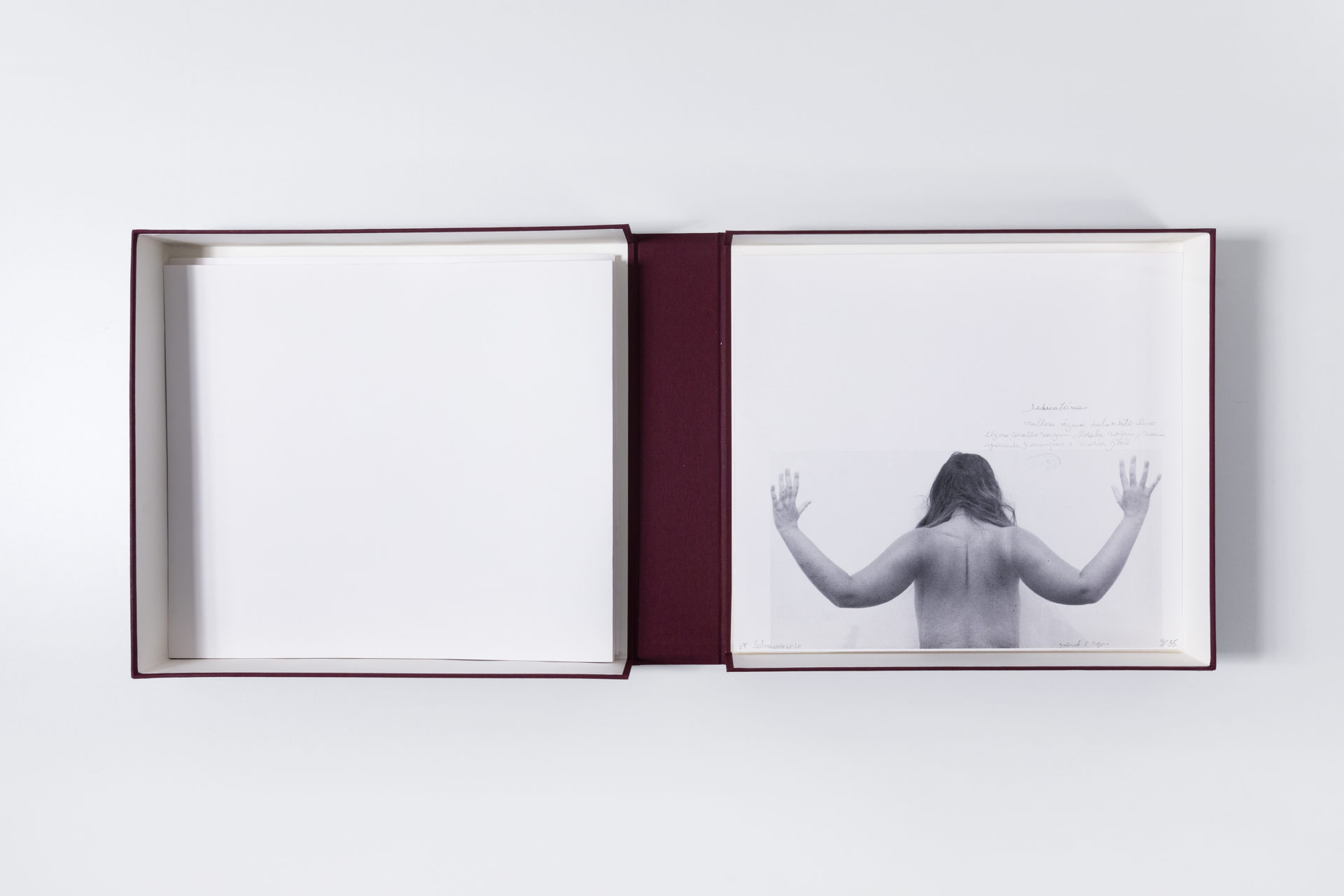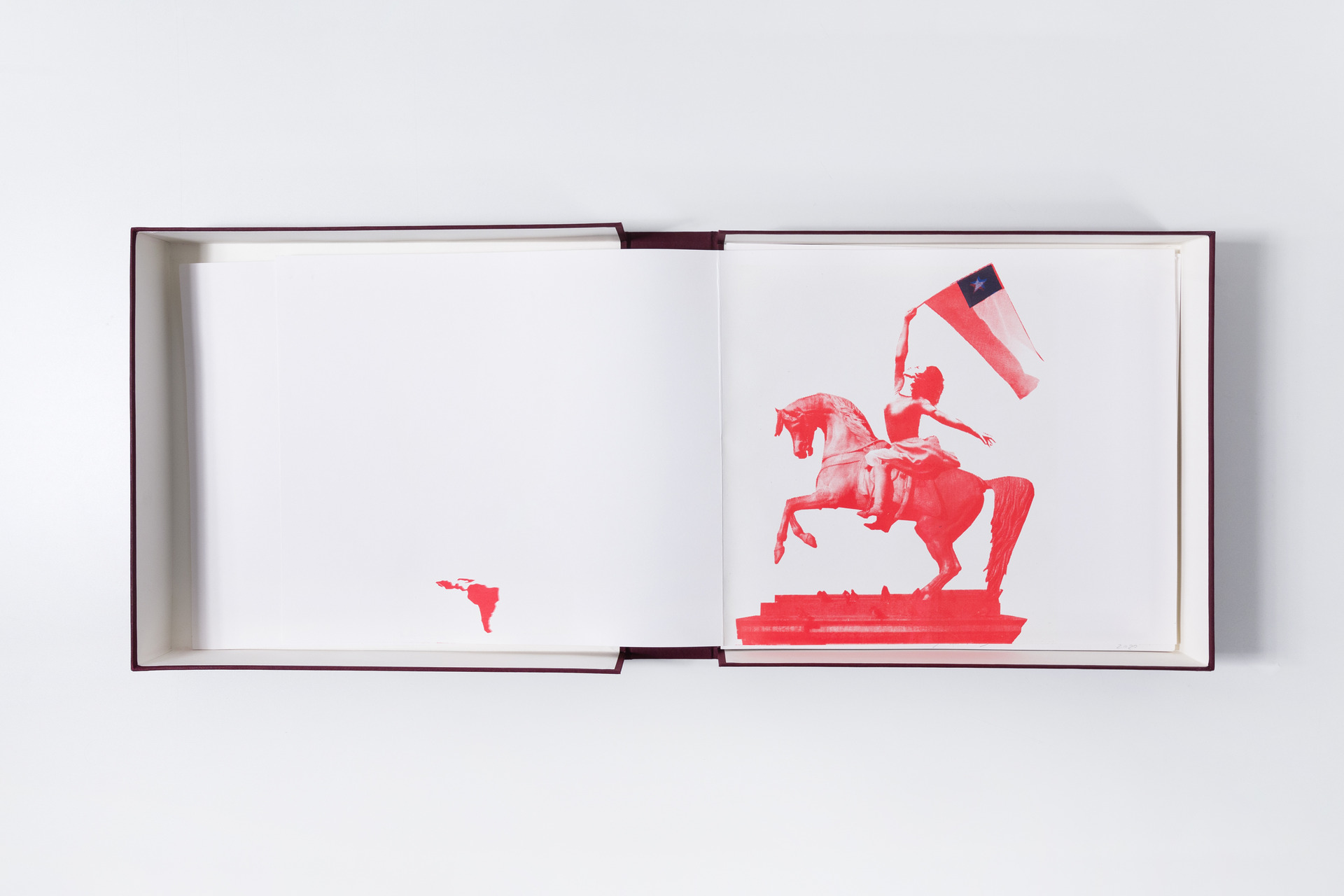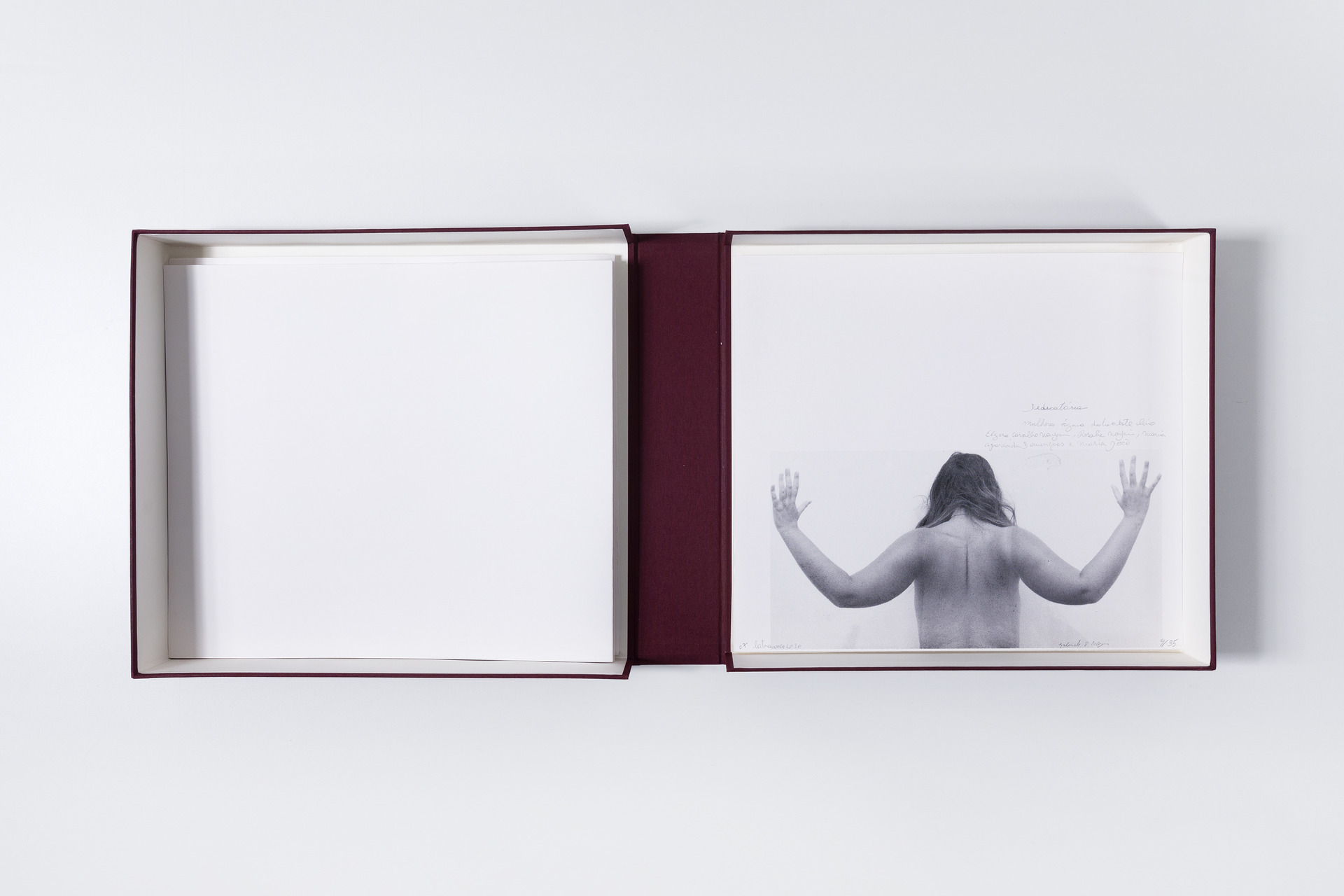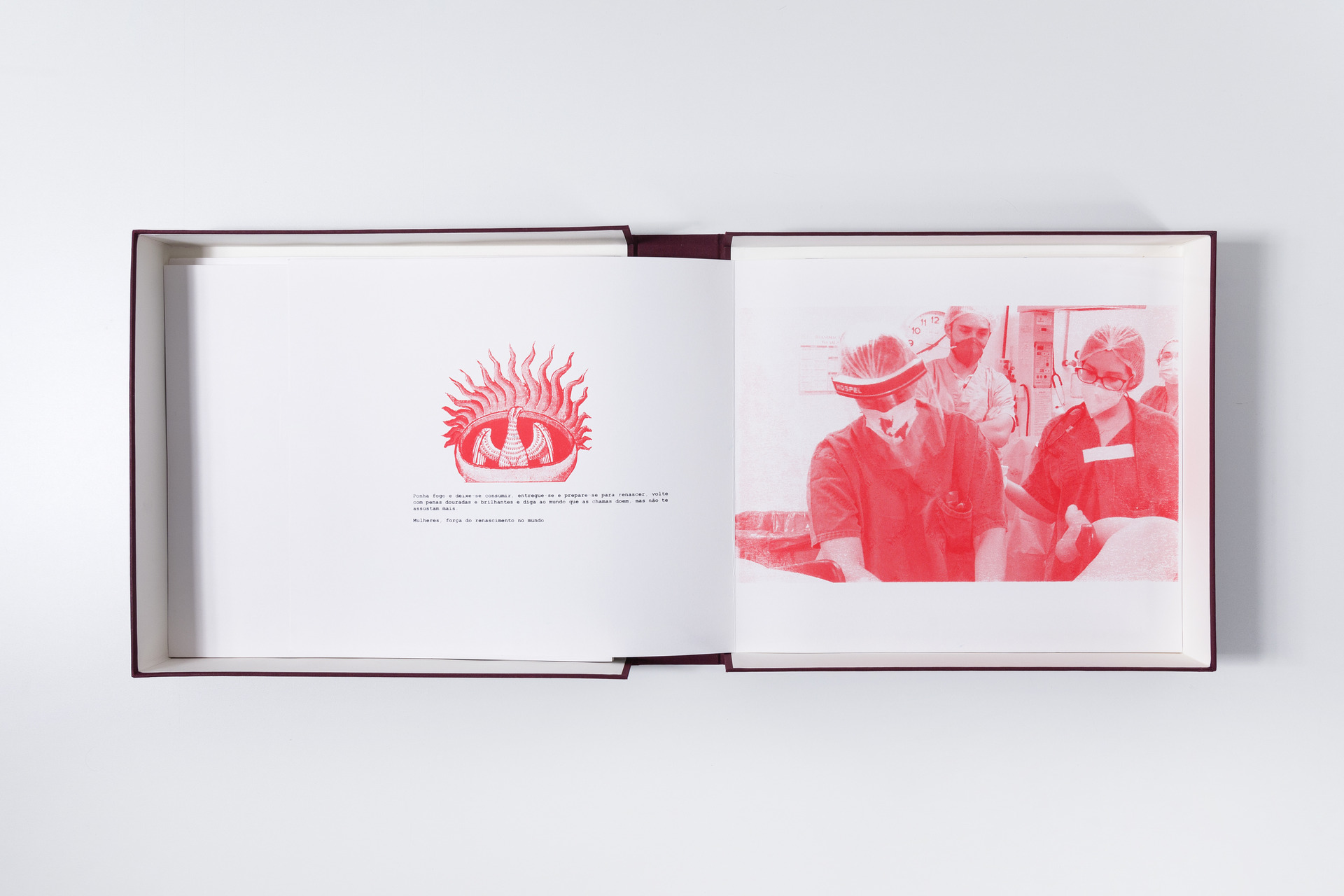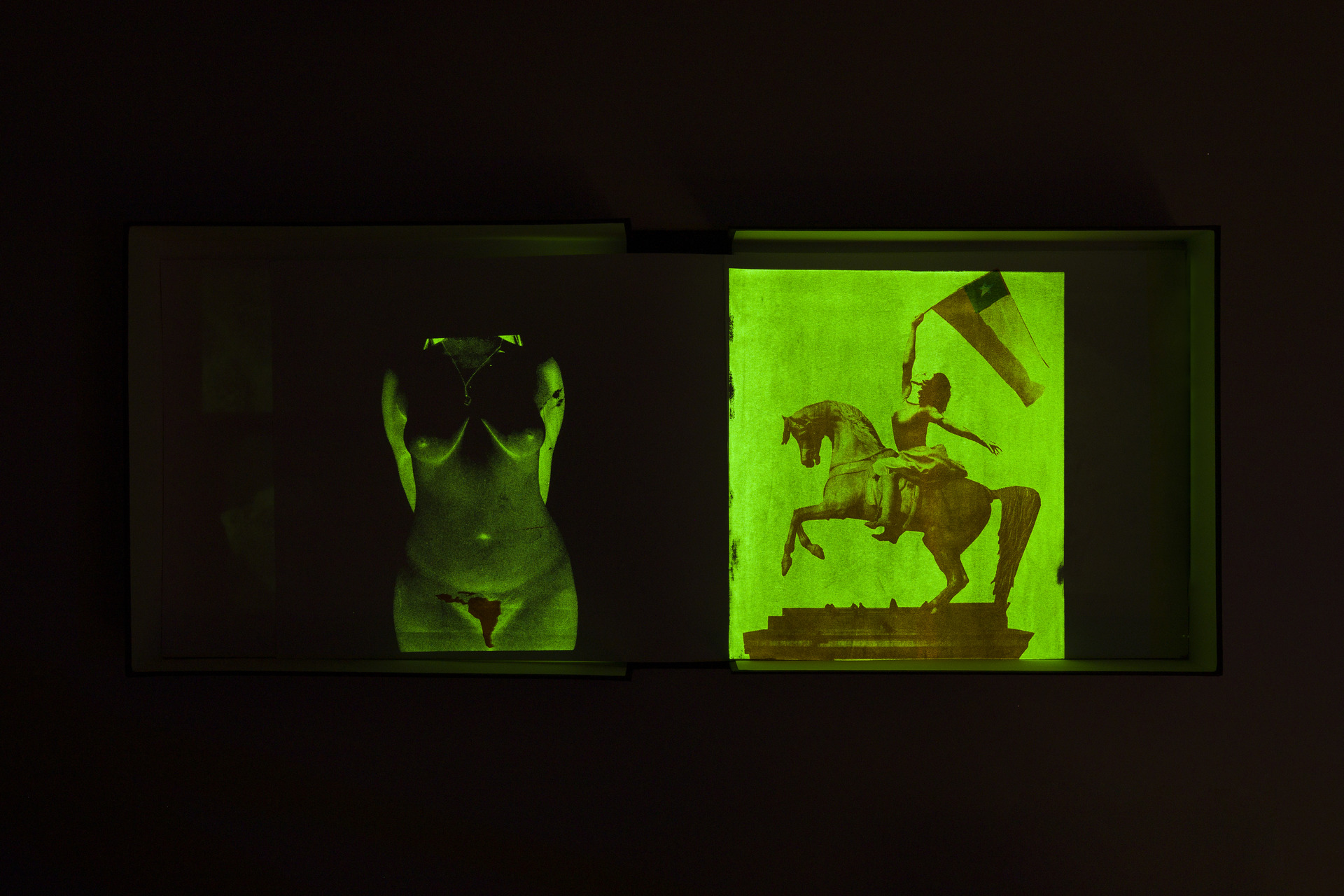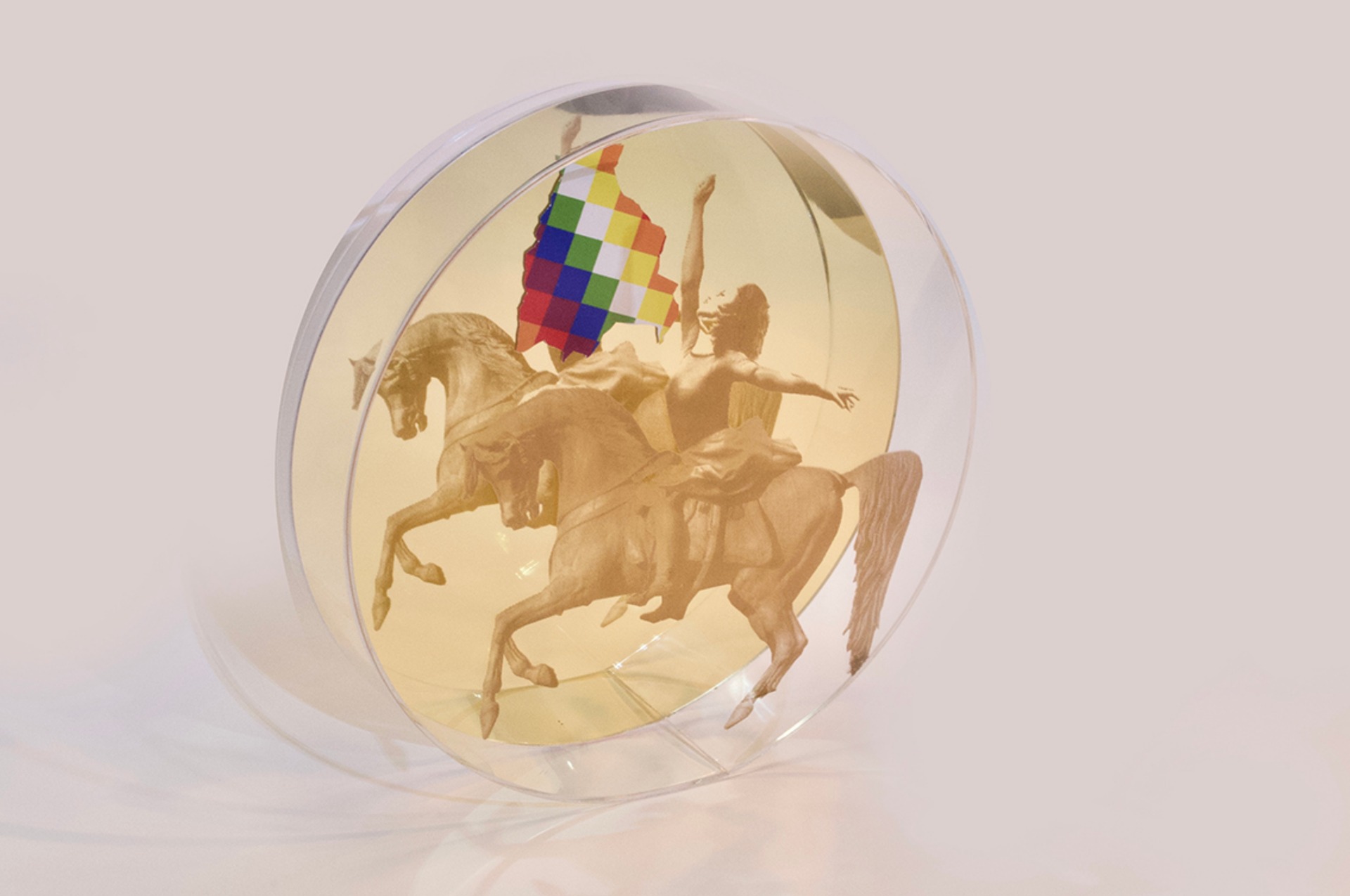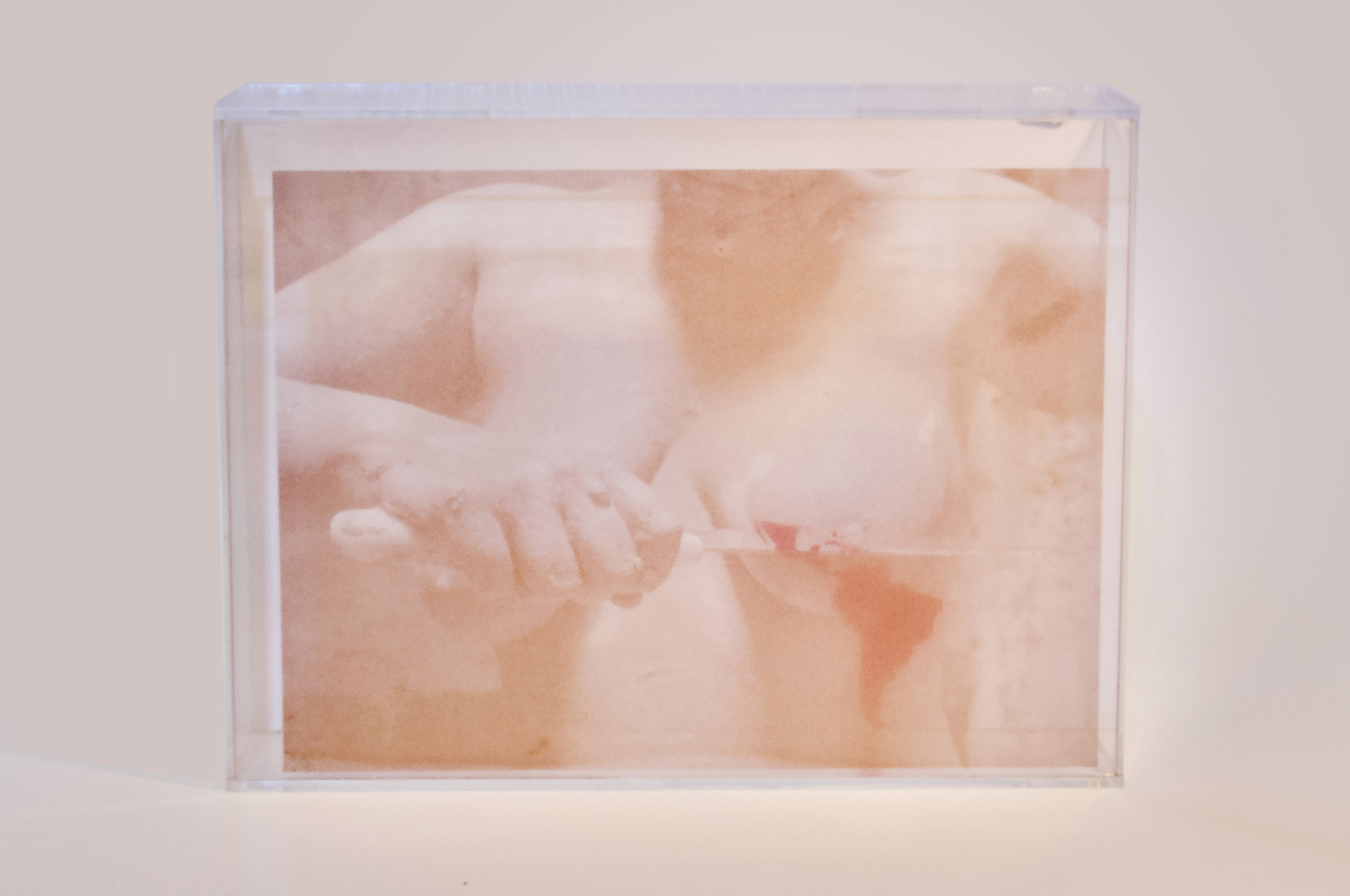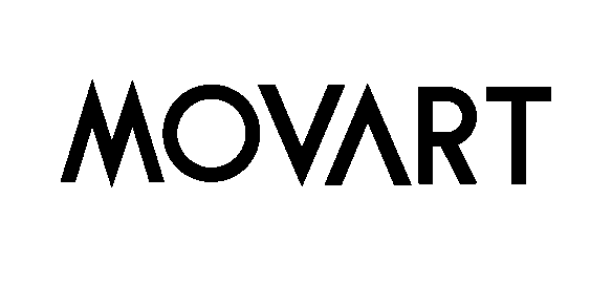Gabriela Noujaim was born in Rio de Janeiro in 1983. At the age of 12, she was already enrolled at the School of Visual Arts (EAV) at Parque Lage. Graduating in Printmaking from the School of Fine Arts at UFRJ in 2007 and currently a master’s student at UFF, studying “Body-Scene: Critique of Representation., the artist structured her poetic approach based on her interest in technical images created from videos, photographs, and initially, printmaking, as well as the idea of fixing an image in time.
In 2023, she participated in the exhibition “Zonas de Transição,” curated by João Silvério, and her works are part of the PLMJ collection in Lisbon, as well as the Calouste Gulbenkian Foundation collection in Lisbon, Portugal. In 2022, she participated in the group exhibition “Mascaras na Pele,” curated by João Silvério at MOVART Gallery in Lisbon, and in the group exhibition “Poder da Terra” at Contemporary Art Gallery Montoro12 in Brussels, Belgium. In 2021, she held a solo exhibition at the National Museum of the Republic, Brasília – Federal District. In 2020, she was affiliated with ARTFEM – 2nd International Biennial of Women Artists in Macau, China, and participated in the Capacete exhibition and artistic residency in Rio de Janeiro. In 2019, she participated in the solo exhibition “Maracá” at Galeria Simone Cadinelli Arte Contemporânea, Rio de Janeiro. She received an honorable mention at the “Lumen EX” video art festival (Badajoz, Spain), was a finalist at the 3M Festival Love Songs at the Tomie Ohtake Institute (2014), received the acquisition prize at the 39th Contemporary Art Show of Santo André (SP 2011), and was nominated for the PIPA Prize (2012).
Her works are part of the collections: Pinacoteca do Estado de São Paulo; Museum of Art of Rio; Ibero-American Institute, Berlin; Cultural Center São Paulo; Museum of Digital Art, Valencia; Palace of the Arts Belgrano, Buenos Aires; House of Latin American Culture (CAL/UnB); School of Visual Arts of Parque Lage; Cândido Mendes Gallery, Rio de Janeiro; SESC, Copacabana; Palace of the Arts Belgrano, Buenos Aires; Correios Cultural Space, Rio de Janeiro.
